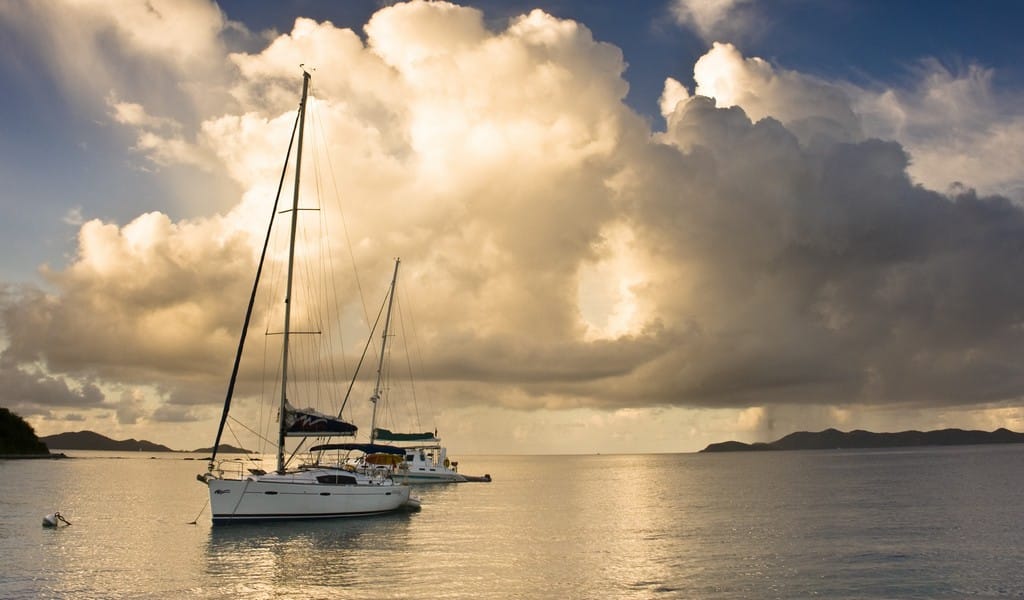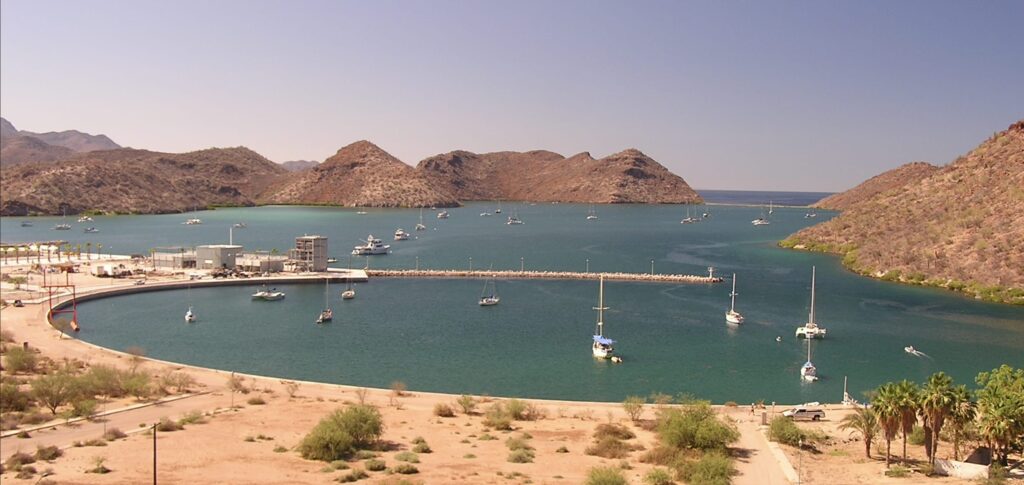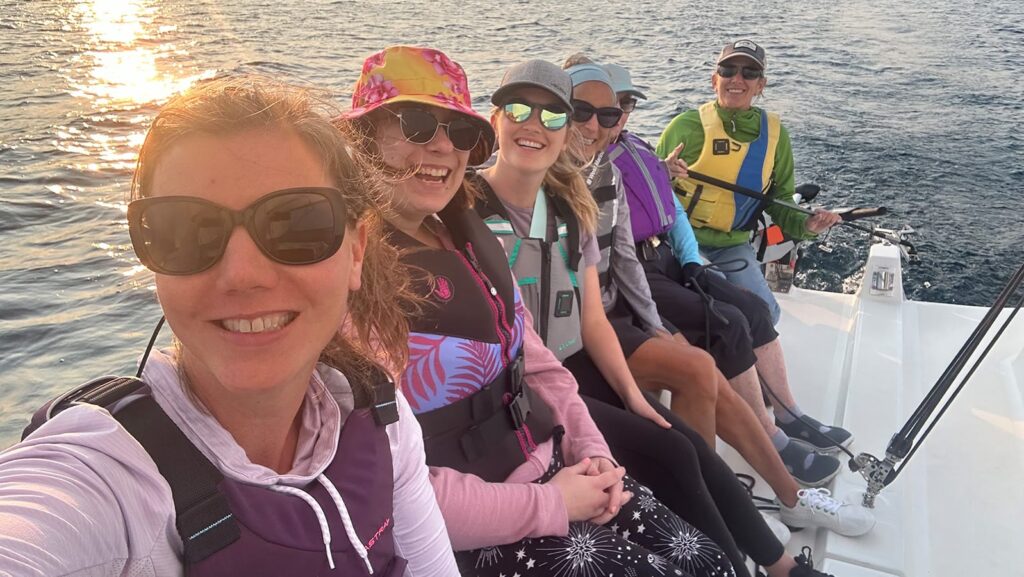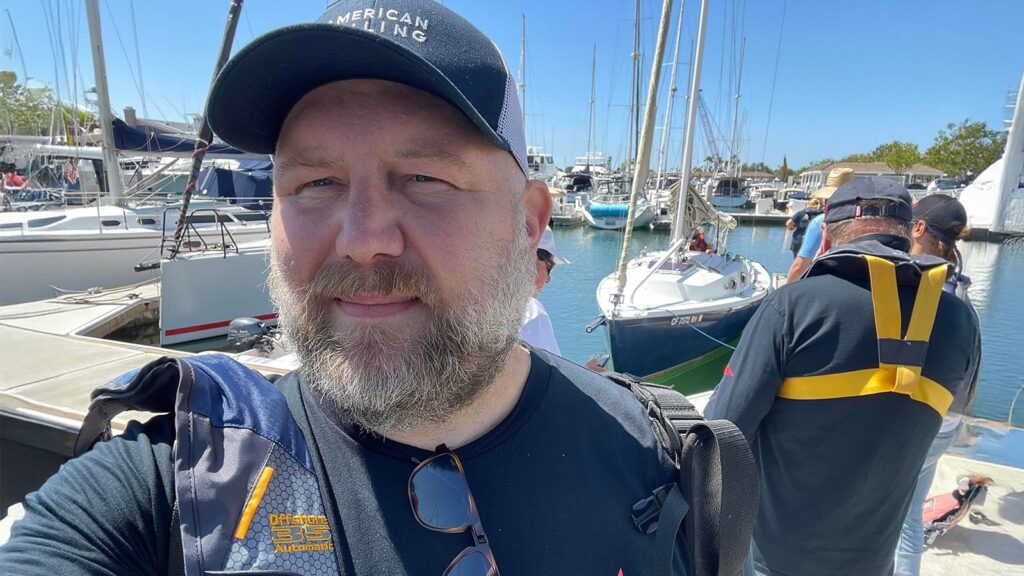ASA has brought on Marine Conservationist, Lauren Coiro, to help with advocacy and education when it comes to how sailors interact with the environment that they call home. “Ask Lauren” will be a regular feature where our questions on the environment will be asked and answered.
Do you have a question? Ask Lauren!

Atlantic hurricane season is here, and with it comes storm surges, flooding, and extreme winds. These intense natural forces can alter the surrounding water supply and coastal zones for months and even years to come.
Water contamination from storms affects human health and the surrounding environment, and can also have a lasting impact on recreation, tourism, and the area’s economy. Large quantities of pesticides and fertilizer washed down from land can cause toxic algae blooms and fish kills. Algae blooms and excess bacteria can make the drinking water supply more expensive to treat and can threaten an area’s fisheries.
Flooding water is an extremely powerful force that brings along anything in its path. Sediment deposits from floods can even damage important shipping channels and come with the costly task of dredging. Both dredging and sediment deposits can cause marine habitat destruction. The floodwaters also carry all of our stuff with it: chunks of housing material, appliances, electronics, plastics, cleaners, and solvents… none of which are good for water quality or marine life.
So what can you do about it?
If you live in a hurricane-affected area, stay tuned to your local government’s recommendations about boating and drinking tap water. Some algae blooms emit toxins that should not even be breathed in. Do not fish or swim until you have been notified the water is safe.
When an emergency strikes there’s not a whole lot of time to check the lids on your cans, of paint and motor oil. Keep any toxic or semi-toxic products like cleaners, varnishes and paints in a sealed and protected cabinet in your home or garage. Purchase natural non-toxic products whenever possible; look for indicators like the “Green Seal” logo, and don’t be afraid to read into those labels! Skip the fertilizers and weed-killers in your yard and garden: homemade compost and natural remedies do the job just fine.
[contentblock id=7]








